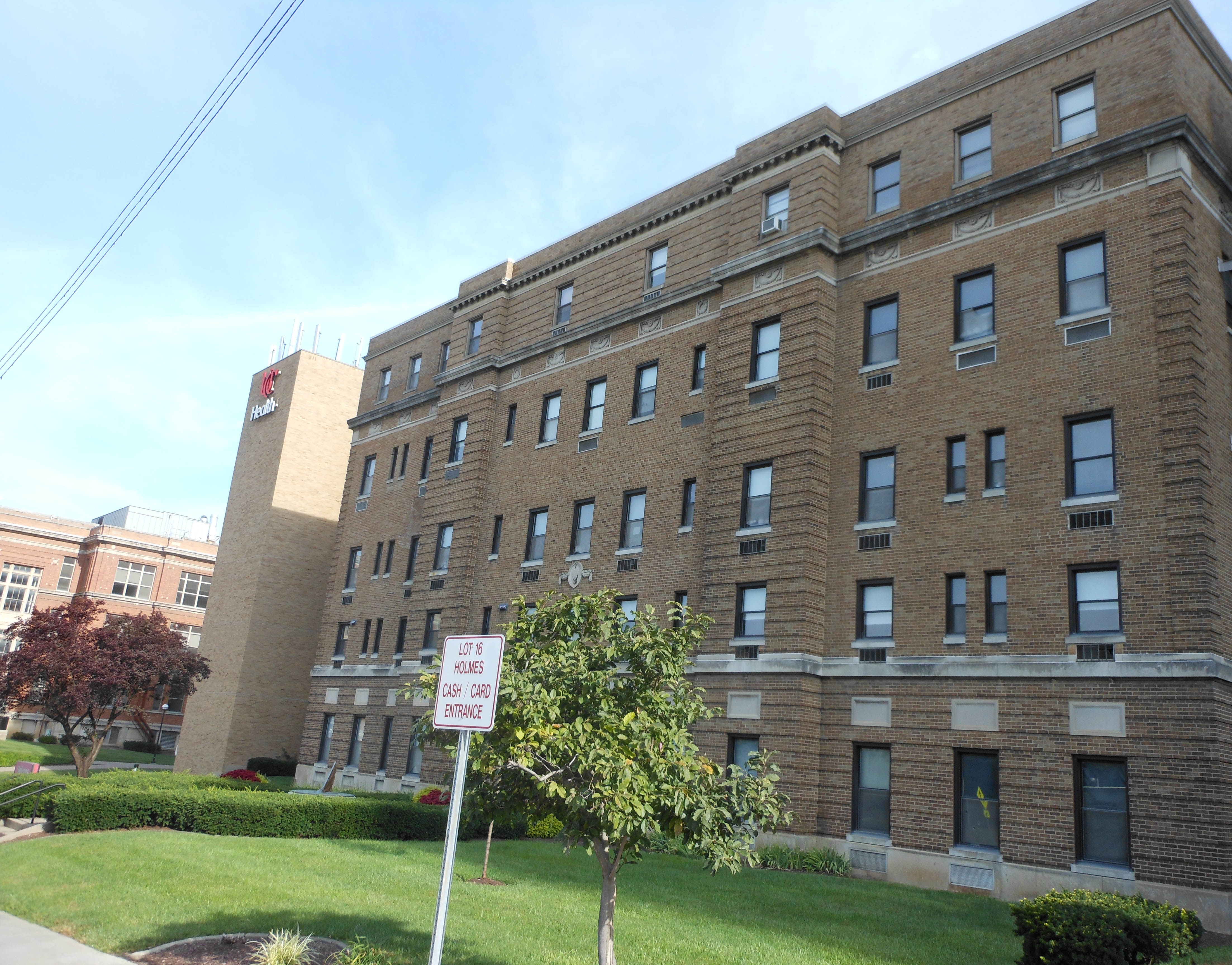By Nathan Hood
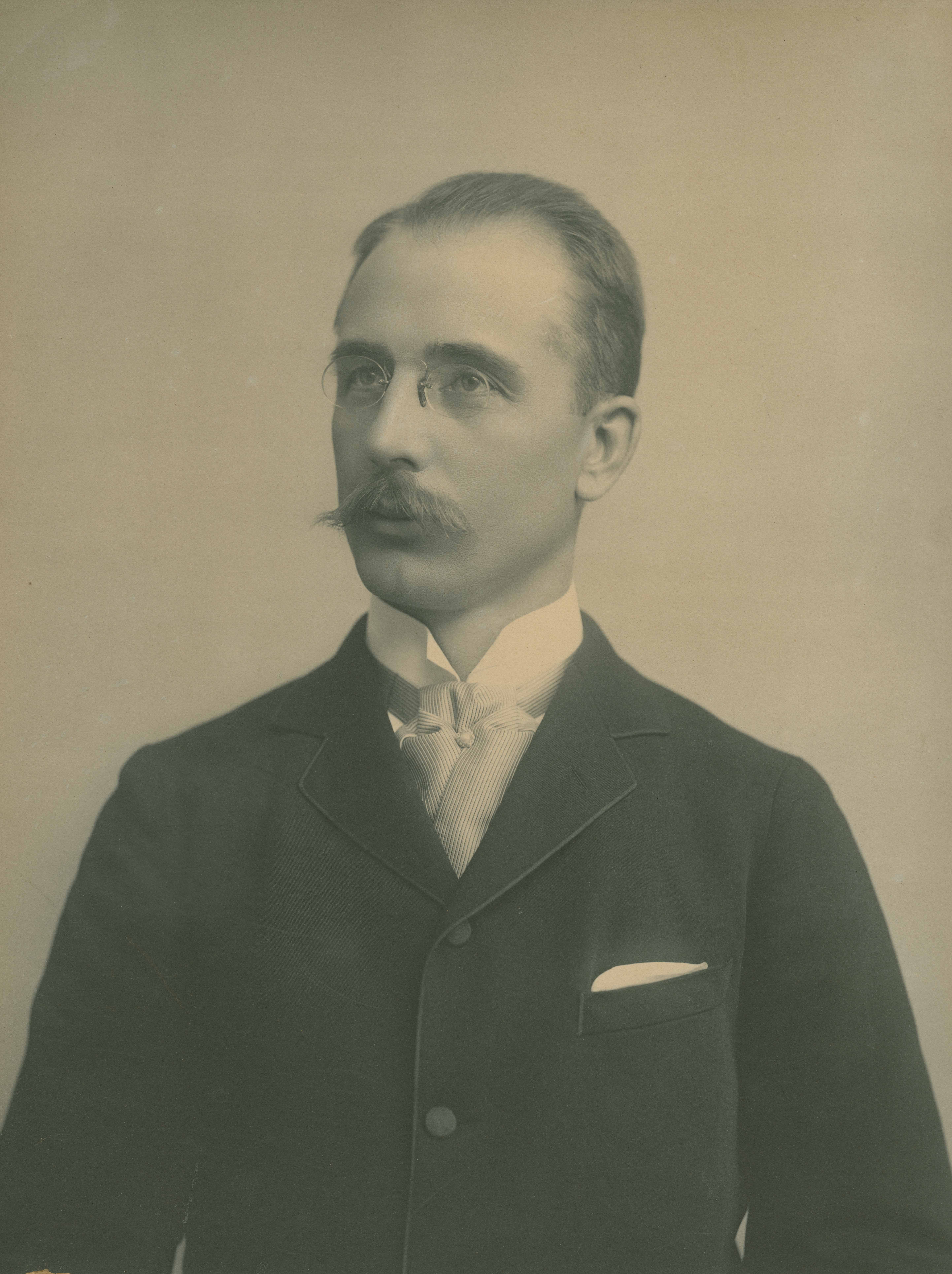
Dr. Christian R. Holmes. This photo serves as a link to the Winkler Center blog, “Dr. Christian R. Holmes, The Cincinnati General Hospital, and the Surgical Amphitheater.”
The history of the “Holmes Hospital” is typically remembered as beginning in the early 1900’s with the construction of the building then and presently located adjacent to Eden Avenue; however, long before that land was developed for such purpose, there existed an original “Dr. C. R. Holmes Hospital” once located on East Eighth Street. This private establishment was made possible through Dr. Holmes collaboration with his associate at the time, Dr. D. T. Vail. Dr. Though Holmes’ wife, Bettie, was perhaps just as indispensable as Holmes himself – she was the supervisor of Holmes’ hospital for more than five years. Opening probably sometime in the very-late 1800’s, for several years it was home to a Nurses’ Training School. Though renovated in 1917, it closed that same year when Holmes took up duties at Camp Sherman. It was never re-opened.
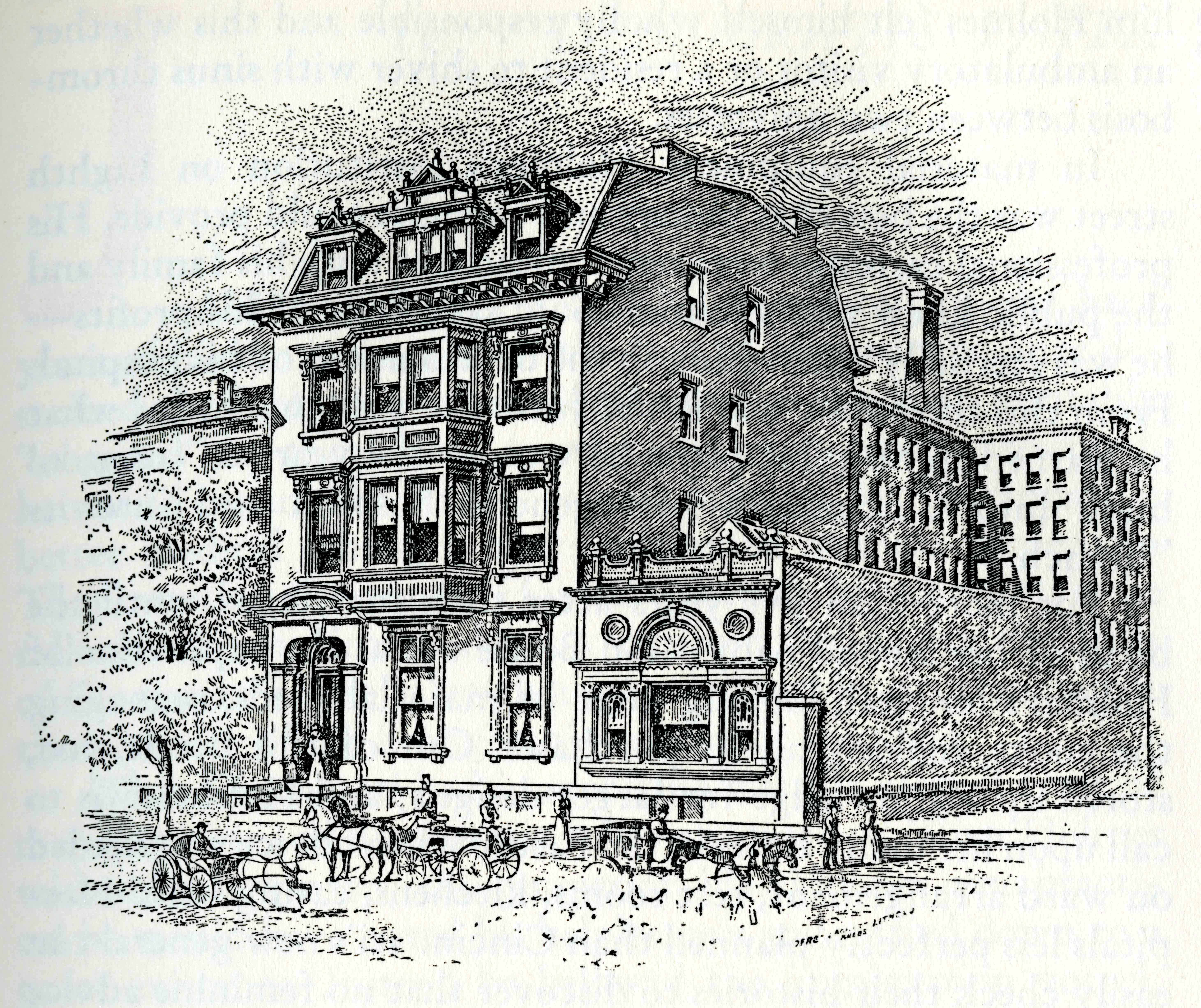
The Dr. C. R. Holmes Hospital sketch. Once located on East Eighth Street. This image serves as a link to the Winkler Center blog, “Major Christian R. Holmes’ Involvement at Camp Sherman.”
Planning for the building eventually titled in honor of the deceased Dr. Christian R. Holmes, the hospital typically associated with his name, appears to have more or less begun in 1924 – approximately 4 years after his passing. At that time, it was decided that a private hospital of its kind was necessary to maintain the comparably formidable status of the Medical College. For this reason, Director George H. Warrington of the Board of Directors of the University of Cincinnati was compelled to research the cost of a private institution on the grounds of the General Hospital. But the funds for this project were not thoroughly secured until 1925 when the Board of Directors was approached by several Cincinnatians.
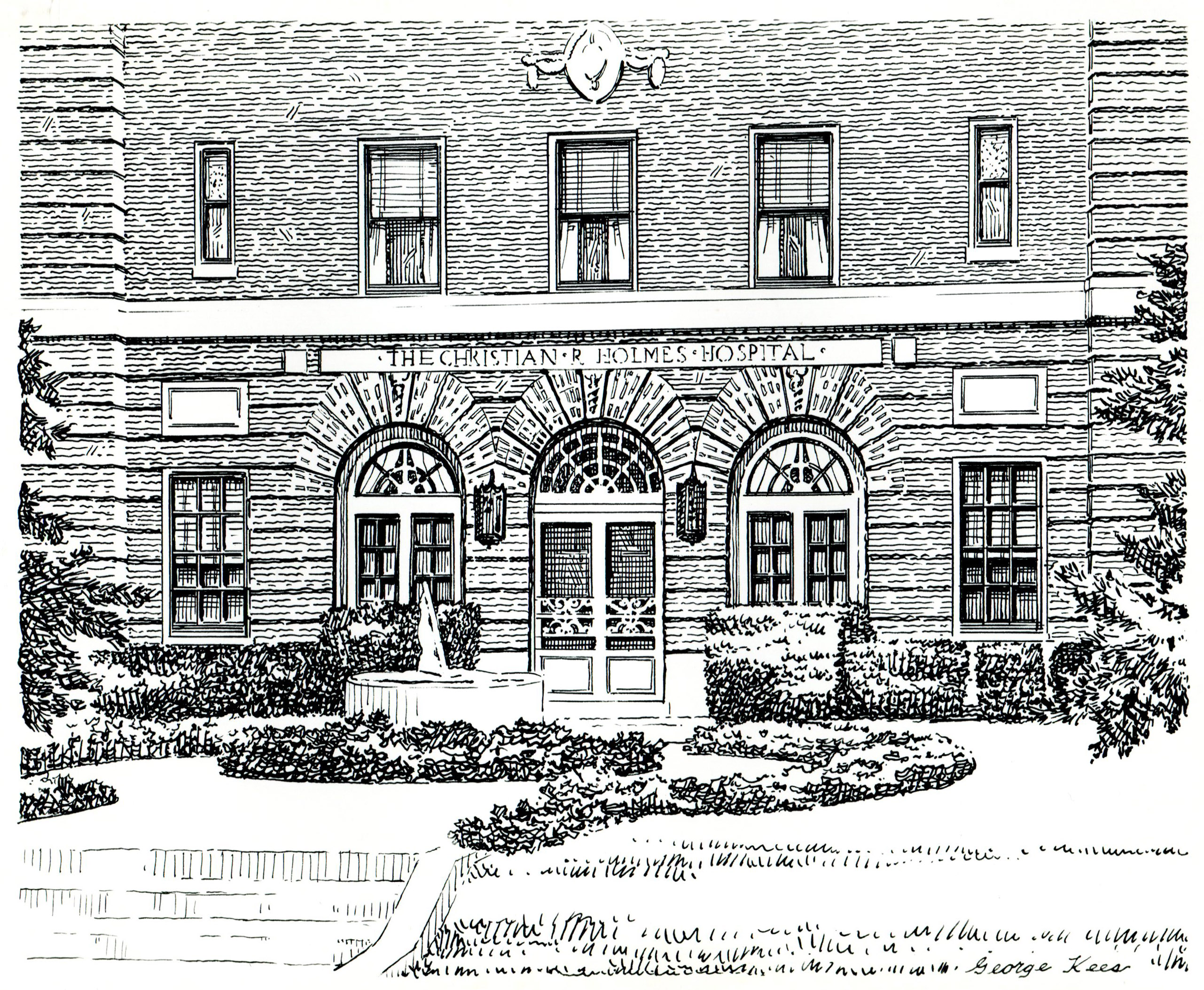
The Christian R. Holmes Hospital Sketch: “Medical Illustration #20116.” This image serves as a link the finding aid for the Winkler Center’s Christian R. Holmes collection.
Indeed, the project would likely not have been possible without the multiple, significant, financial contributions of a few Cincinnati donors: William Cooper and Jane Elisa Procter, Charles Phelps and Anna Sinton Taft, as well as Bettie Fleischmann Holmes, Mr. Holmes’ widowed wife. Altogether, they were responsible for such a significant portion of the funds that they probably would have been able to fulfill the financial requirements of the entire project if others had not contributed. Interestingly, these particularly generous citizens appear to have been in close contact and alliance with each other. Their individual letters addressed to the “Board [of Directors of the University of Cincinnati]” span only three days, June 10-12, and contain very similar diction, syntax, and legal rhetoric. Indeed, the letters mention practically the same, following conditions of their financial support. That the new hospital to be constructed with their funds must:
- “…be known as the Christian R. Holmes Hospital [or by some similar name]….”
- “…be located on or near the grounds of the General Hospital in Cincinnati….”
- “…[be] for the use of the College of Medicine of the University of Cincinnati upon such terms and conditions as shall from time to time be prescribed by [the] Board, in consideration of your [the Board] securing or providing the balance of the amount necessary to complete the construction and equipment of such Hospital.”
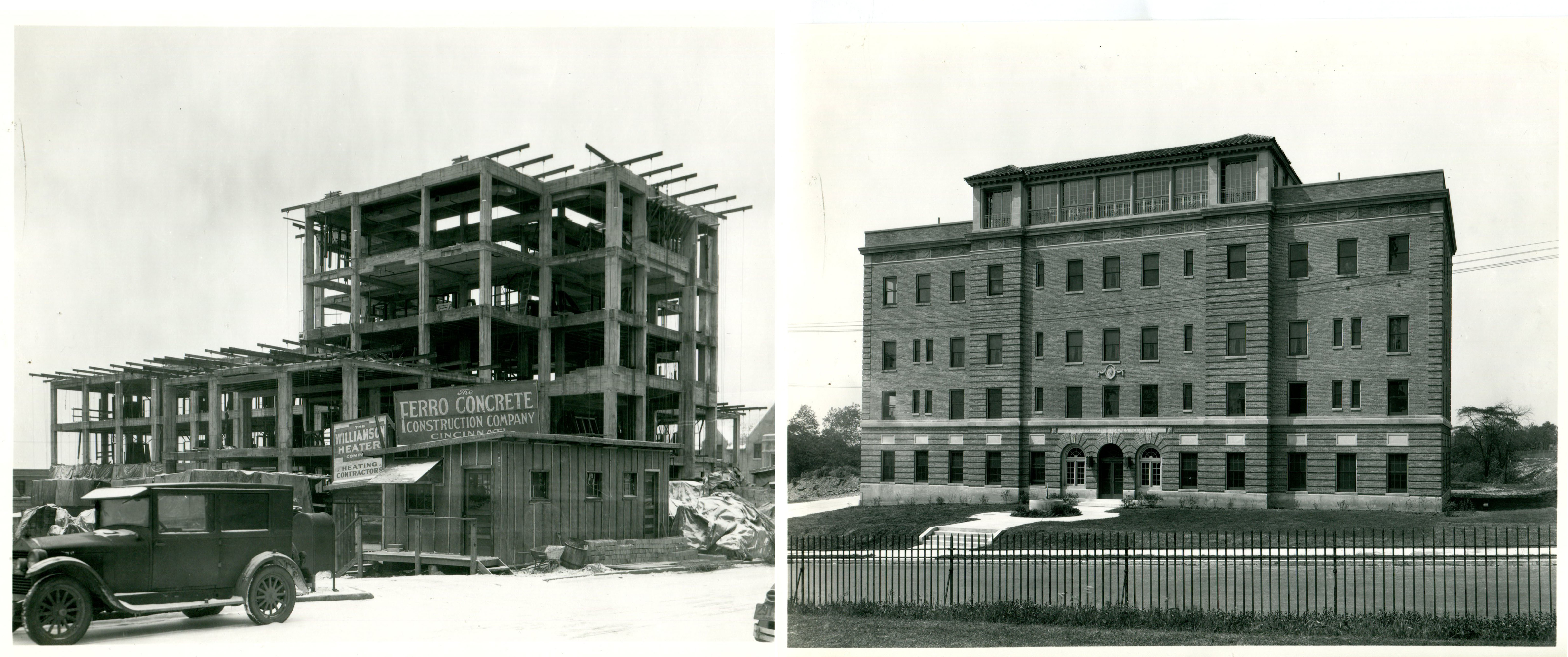
Christian R. Holmes Hospital located on Eden and Bethesda Avenues, now Eden Avenue and Albert Sabin Way. Originally planned to be built on the corner of Eden Avenue and Goodman Street.
This image serves as a link to a map of the location.
Regardless the extent of their knowledge of each other, the writers almost immediately succeeded in convincing the Board to accept their gifts with the corresponding conditions. And soon after, just as the Samuel Hannaford and Sons firm designed the Medical College Hospital, so too were they selected to design the new Hospital. At the sincere request of Mrs. Holmes, the hospital was officially named on June 8, 1926. Around this time also, both Mrs. Holmes and the Taft Family made another significant donation in addition to their first. The basic, preliminary plans for this Hospital were presented in 1927 and quickly approved by Mrs. Holmes and the Board of Directors.
Sometime very late in the year of 1928, the artists Ernest Bruce Haswell and Herman H. Wessel were commissioned at $3,500 and $4,500, respectively. They individually designed and created the Holmes Hospital’s two memorials.
Of the two, much less is currently known of Herman H. Wessel. He apparently painted a series of spectacular murals in the Hospital, one of which appearing in the Hospital’s solarium with the inscription:
“The University makes this acknowledgement to Bettie Fleischman Holmes, Charles Phelps Taft and Anna Sinton Taft, William Cooper Proctor and Jane Elisa Johnston Proctor for their devotion to the interests of the people of this city.” (According to newspaper records of the Holmes Hospital dedication ceremony)

Christian R. Holmes, Memorial Sun Dial. Located on adjacent to Albert Sabin Way.
Sculptor: Ernest Bruce Haswell.
Photo credit: Veronica Buchanan.
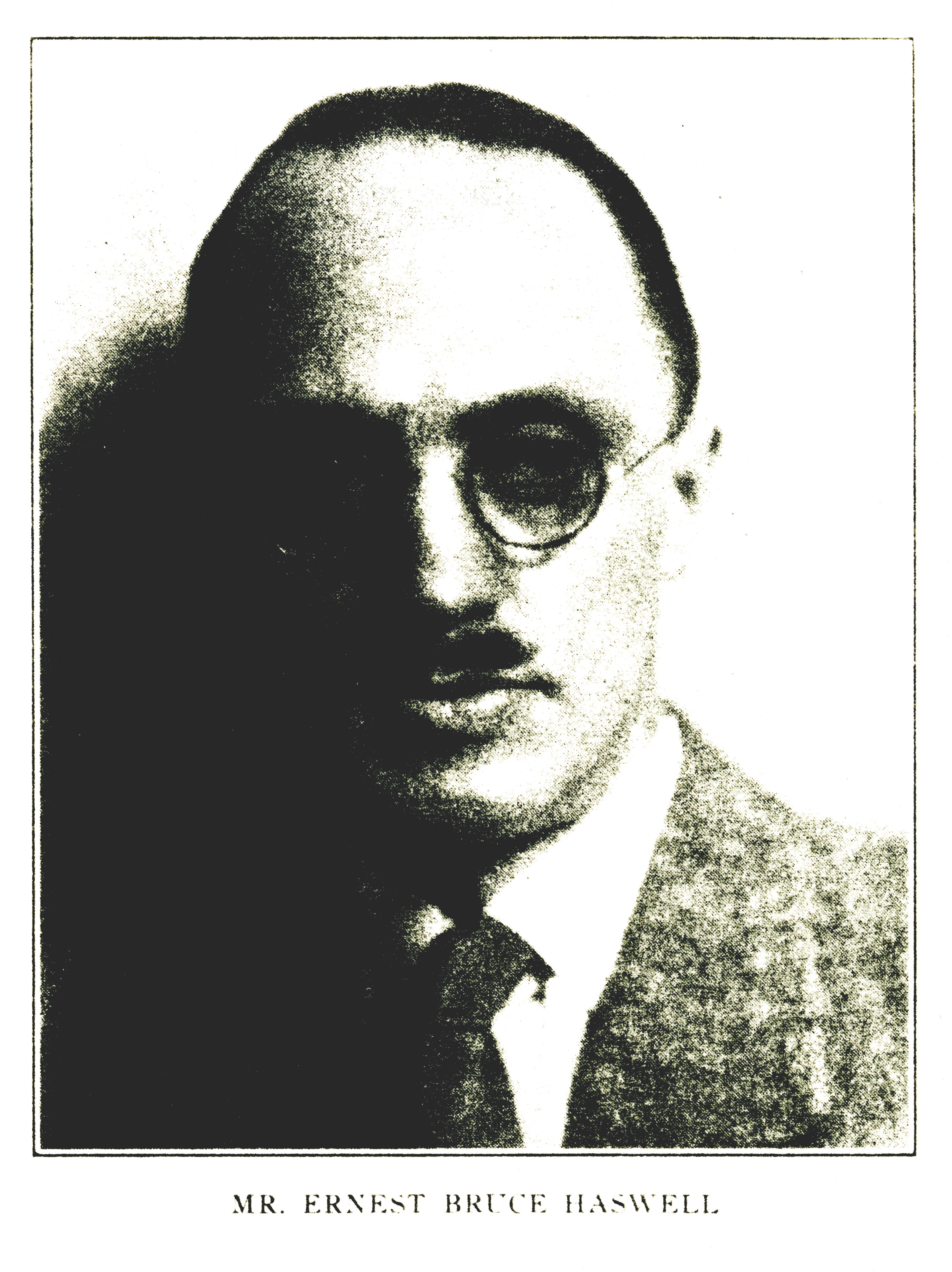
Ernest Bruce Haswell. Sculptor of the Christian R. Holmes memorial sun-dial. Photo from Cincinnati Fine Arts Journal.
Compared to Mr. Wessel however, there is an abundance of information on Ernest Bruce Haswell. Born in Kentucky, he lived most of his life in Cincinnati where he studied under Mr. Barnhorn, Mr. Meakin, and Mr. Dubois. He became a professor twice in his life: a Professor of Art History and a member of the University’s faculty from 1923-1959 as well as a part of the College-Conservatory of Music’s faculty from 1960 practically to his death in 1965. Nevertheless, he would earn a reputation such that his sculptures would eventually adorn architecture all over the country, let alone the city. It appears that a little less than mid-way through his career, he was chosen to sculpt the memorial sun-dial then and presently located in front of the Holmes Hospital:
“Incised around the rim of the dial are the words ‘Christian R. Holmes – Behold his great works. Time wreathes him and challenges you’ … Forming the nomen [gnomon] of the dial is Hygia, the Goddess of Health, slaying the dragon of disease. This is the theme which decorates the five-foot face of the dial proper and which is cast in gold bronze and mounted on a simple stone base.” (From newspaper records of the Holmes Hospital dedication ceremony)
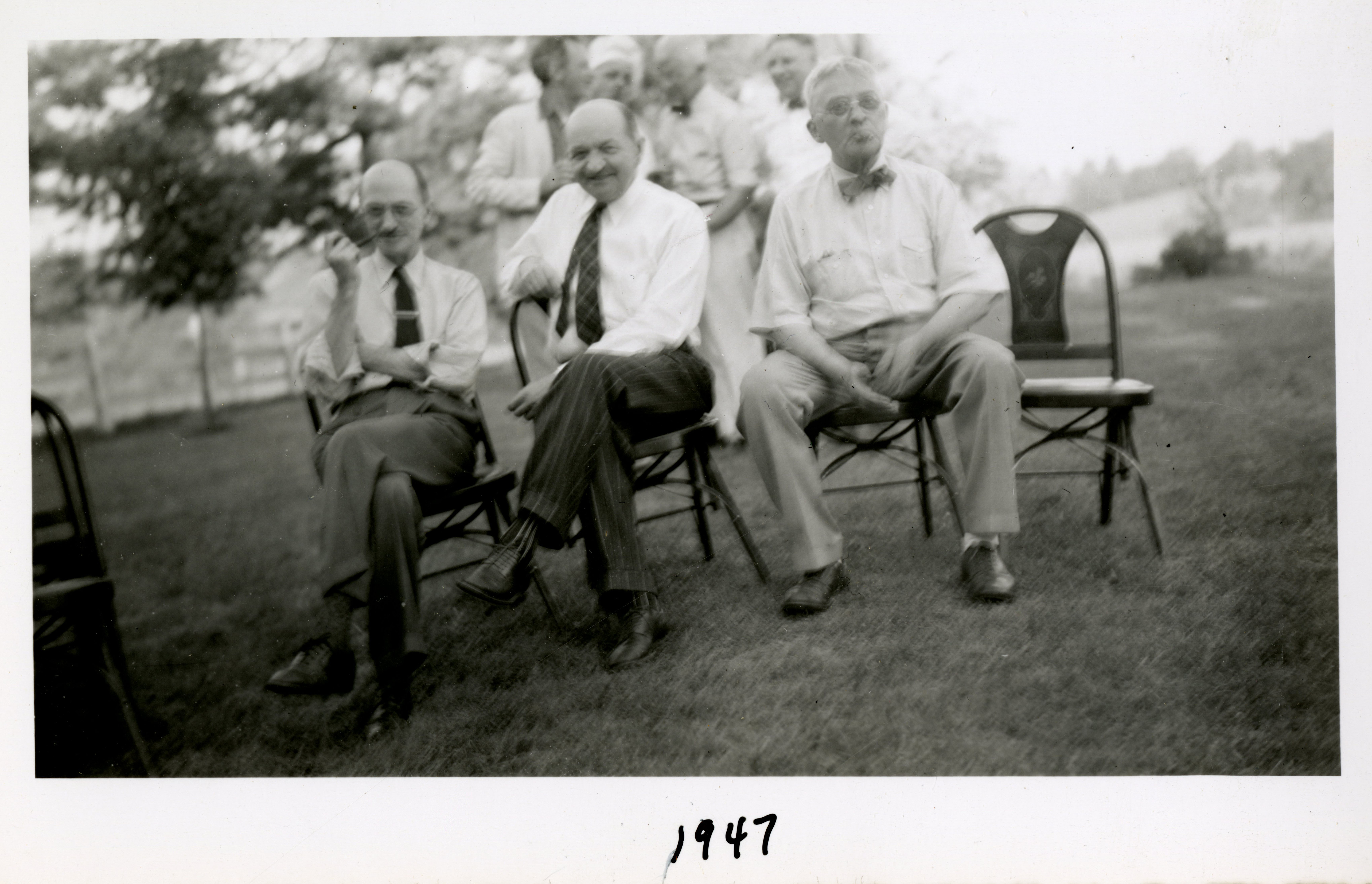
Sitting from left to right: Ernest Bruce Haswell, Dr. Martin H. Fischer, unknown member (1947). This photo serves as a link to the Winkler Center blog, “Weight Not Measured in Pounds: Fischerisms.”
The Holmes Hospital was officially dedicated and opened in May of 1929. Dr. Fischer, who more than likely knew Mr. Haswell through the Cincinnati Art Club, unveiled the sculptor’s sun dial with much praise for Dr. Holmes:
“We pause in this moment to bow our heads before the mystery of the soul of such another of the glorious company of mankind’s friends in our time and city – Christian R. Holmes.……………………………………………………………………………………………. Christian R. Holmes is dead, but what he bequeathed to us is an eternal fire.” (From newspaper records of Dr. Fischer’s speech at the Holmes Hospital dedication ceremony)
Upon it’s opening, a total of $508,230.81 (including interest) had been donated and spent towards the construction and equipment of the Hospital – $265,000 alone of which was supplied by Mrs. Holmes, determined to memorialize her late husband. Sometime during the planning and construction, Miss Helen Baird was recommended and selected as the Assistant Superintendent; Dr. A. C. Bachmeyer, already the Dean of the College of Medicine and one of the Directors on the Board at the time, was also empowered, at one point becoming the Holmes Hospital’s first Superintendent.
Among the opening policies of the Homes Hospital – proposed by Dr. A. C. Bachmeyer and adopted by the Board of Directors on April 2, 1929 – is included article VI:
“All patient’s accounts must be guaranteed at the admission. Payments must be made upon all accounts each week and settlement in full must be made before the patient leaves the hospital.”
Indeed, the hospital was originally intended to function as a private practice to be exclusively utilized by the College of Medicine faculty for paying patients – no exceptions allowed. It has long since been converted to an extension of the University Hospital. The change was a fairly gradual transition, completed in the late 1970’s – or perhaps arguably when the new wing was completed in 1982.
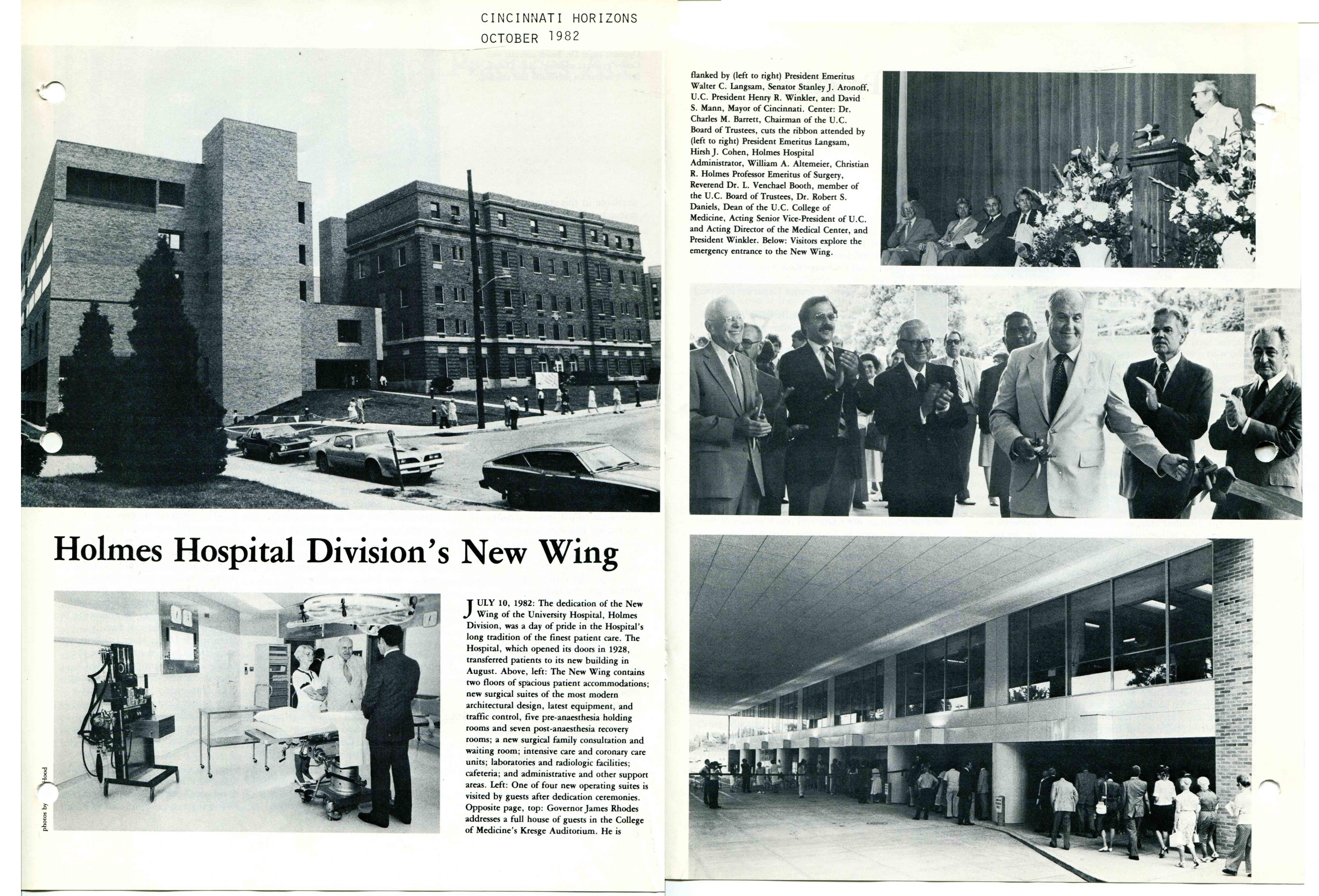
The ‘New’ West wing, also known as the Holmes Division Auxiliary, completed in 1982.
Article from Cincinnati Horizons, October 1982.
As has been enumerated before, Dr. Christian R. Holmes’ extensive involvement was as grandly comprehensive as it was profoundly influential; he is known for his contributions not only to medical research and science, but also to medical education and practice. It is no surprise that his early passing in 1920 was mourned; his memory and contributions, greatly honored even to this day. The Christian R. Holmes Hospital still exists and continues to function as part of the greater University Hospital.
A special thanks to Veronica Buchanan for her contemporary photographs of the UC Health Holmes Hospital. Many thanks as well to Dr. Fischer and others for documenting history that otherwise would have been lost.
For more information, to view a collection, or for a tour of The Winkler Center, please call 558-5120 or email chhp@uc.edu to schedule an appointment.

